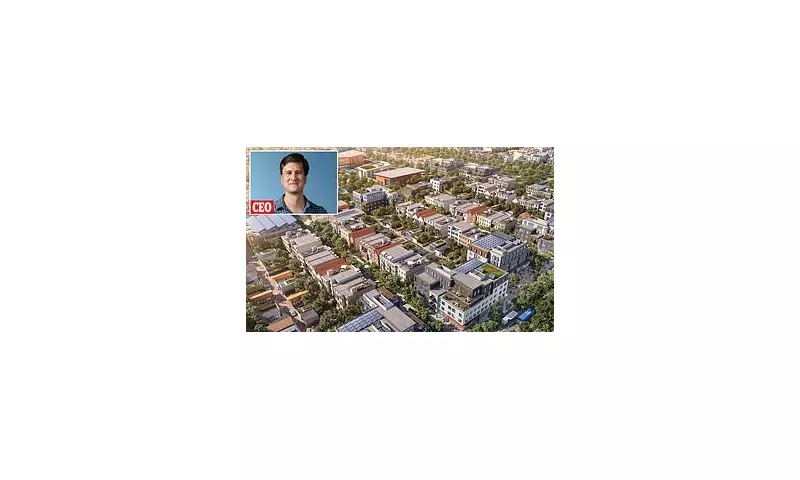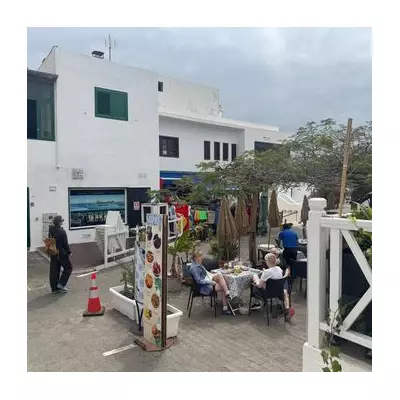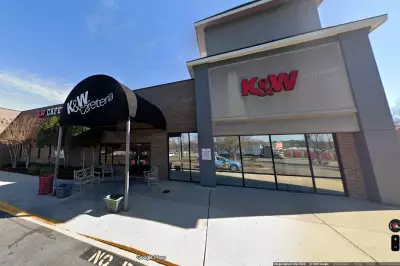
A coalition of Silicon Valley's most powerful billionaires has unveiled breathtaking plans for an entirely new city to be carved from the dusty farmland of Northern California, in what could become the most ambitious urban development project in modern American history.
The Billionaire Backers
Behind the controversial £800 million venture stand some of technology's biggest names, including LinkedIn co-founder Reid Hoffman, venture capitalist Marc Andreessen, and former GitHub CEO Nat Friedman. Their vision? To transform 53,000 acres of agricultural land into a thriving, walkable metropolis called "California Forever."
Meet the Mastermind
At the helm stands 36-year-old former Goldman Sachs trader Jan Sramek, who has spent years quietly acquiring land through his mysterious company Flannery Associates. "We want to build a community that offers a high quality of life at a lower cost than existing cities," Sramek explains, revealing detailed renderings of tree-lined streets, town squares, and sustainable neighbourhoods.
The Vision Unveiled
The proposed city promises:
- 20,000 permanent jobs in diverse sectors beyond technology
- Affordable housing for up to 400,000 residents
- Walkable neighbourhoods with schools, parks, and services within easy reach
- Solar farms and sustainable infrastructure
- Protected green belts surrounding urban areas
Battle Lines Drawn
Despite the grand vision, the project faces formidable opposition. Local farmers, environmental groups, and politicians have launched legal challenges and public campaigns against what they call a "hostile takeover" of agricultural land. Congressman John Garamendi has been particularly vocal, accusing the developers of using "strong-arm mobster techniques" in their land acquisitions.
The Road Ahead
The fate of California Forever now rests with Solano County voters, who will decide in November whether to approve the necessary zoning changes. If successful, construction could begin as early as next year, potentially creating a template for future sustainable city development worldwide.
As the debate intensifies, one thing remains clear: this isn't just another housing development. It's a fundamental reimagining of what urban living could be in 21st-century America.





